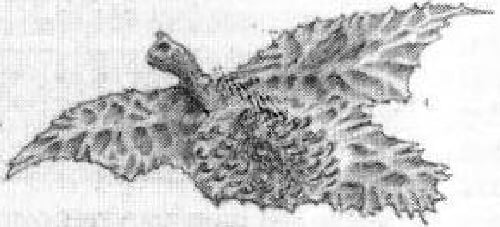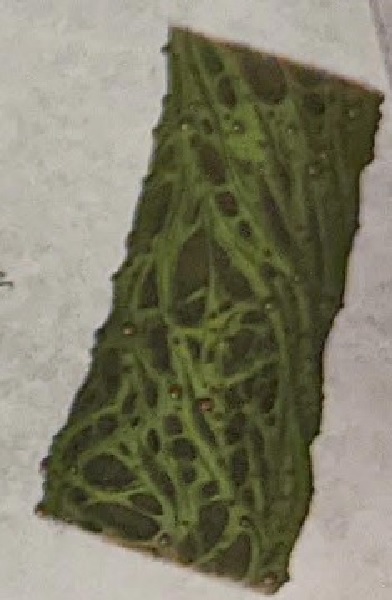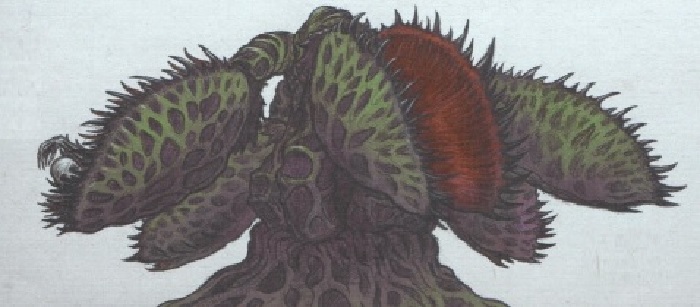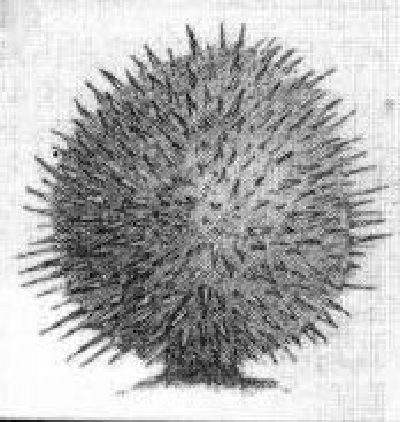Warhammer 40K: 5 Catachan Flora That Will Smoke You
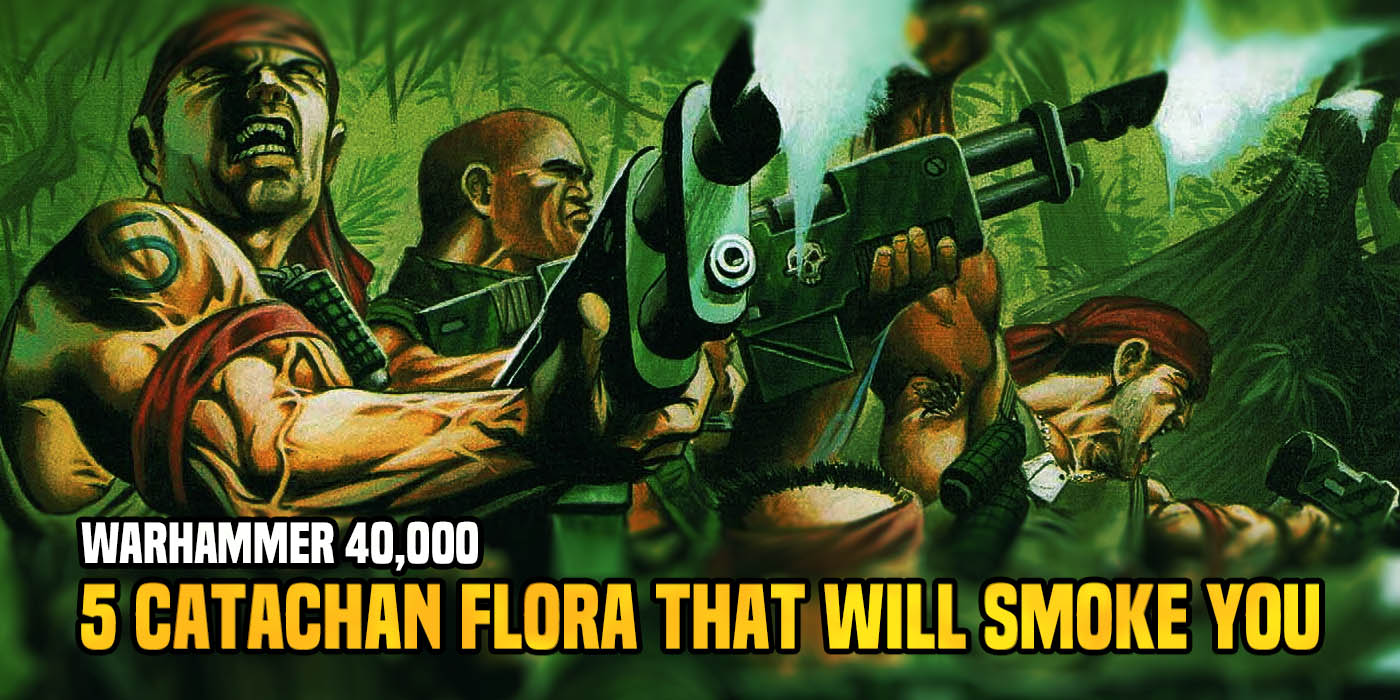
In honor of today being …today we’re going to take a look at 5 Catachan Flora that will turn you in the their munchies.
The flora and fauna of the planet Catachan is deadly. That’s why it’s known as a Jungle Death World within the Imperial classification system. That dense jungle has bred some incredible and dangerous life. It’s so dangerous it’s hard to tell who’s on the top of the food chain. Today we’re taking a look at a handful of the flora that are looking at people as the next possible target on their hit list.
Brainleaf
The Brainleaf (also referred to as the “Grey Vine” or “Slave Vine”) is native to Catachan and appears to be a small tree. It has a rudimentary animal brain with the lowest level of intelligence and appears to be able to control animals and humans through attaching its leaves to them. The leaves can float away from the tree for many metres using a wing-like undulation, but when they come into contact with a creature, the nerve bundles in the leaf attach themselves and grow throughout the victim’s nervous system, effectively taking them over. The Brainleaf can then make use of the creature and its abilities.
The Brainleaf uses its victims to protect itself, and propagate its young. Victims have no intelligence, often lacking the motor skills to use primitive weapons. To protect the Brainleaf, the Brainleaf Thrall will charge at anything that gets too close and beat it with whatever appendages it has.
Barbed Vemongorse
Covered in alien flora bright and beguiling, deathworlds are strange and sinister places few visit and fewer leave intact. Much of the pain, suffering and death can be attributed to the growth of barbed venomgorse. Possessed of a primal, cunning sapience, this carnivorous plant is highly adaptable, which snakes toward anything that lives, able to generate new weapon-growths and toxins throughout its life cycle while injecting debilitating neurotoxin with invariably fatal results.
Commonly found with a collection of dead animal bones, xenos skeletons, and the odd unfortunate desiccated guardsman entangled in its sapient roots and boughs. The venom from a single one of these xeno-weeds is enough to kill most of a hive city. Mesh-like leaves, buds, and barbed flowers, a thick tangle of thorned creeper vines. Produces deadly subforms like the Grappleweed.
Breathweed
It is unclear if Breathweed is a plant or fungus, but it is known to grow on the side of tree trunks and resemble a vine. If something brushes against the weed, it dissolves into a cloud of airborne spores which if inhaled, will attached itself to the tongue. At this stage it appears no more than a small blister, but left alone for a day or two it will absorb into the tongue and vanish from sight.
Over the subsequent weeks the spore eats the tongue from the inside, growing until it has eventually taken the place of the hosts original tongue. The host has no idea the tongue itself is a growing parasite that absorbs more nutrients that pass over it while producing more spores. The host gradually wastes away and dies; and as they take their final breath the pseudo-tongue dissolves, releasing spores it has grown to seed new weeds.
Venus Mantrap
A Venus Mantrap is a carnivorous plant common to jungle death worlds. Named after the Venus Flytrap of Terra, which it resembles in all but size, it is often twenty or thirty metres in height, and is easily capable catching and digesting man-sized creatures.
The Mantrap is far more aggressive in its ability to move and trap prey than the flytrap of Terra: the leaves of the Mantrap, connected to a main immobile body by long stalks, are capable moving a distance away to reach and attack prey.
Each leaf of the Mantrap forms a powerful trap. Sensitive trigger hairs detect nearby prey, causing the plant’s trapping mechanism to immediately activate. The leaves then quickly move to reach and trap its prey.
Spiker
Spikers are vaguely cylindrical in shape, and tend to be man-sized, about 2 meters tall and upright. They are covered with a thick layer of hair-like leaves, out of which protrude the countless thin, sharp spikes that give the plant its name. These spikes, which are fired at nearby animal forms, are what make this plant dangerous. Piercing the skin of an animal, they release a mutagenic chemical into the bloodstream that reforms the victim’s body into that of a Spiker.
A human taking a spike in the arm will soon find his arm become hairy and immobile, and within a short time his whole body will be covered in spikes. Although the victim remains mobile for some time, the physiological changes destroy the mind, so that the victim wanders aimlessly and is unable to react to the horrifying process. Eventually all mobility is lost, and the host completes his transformation into a Spiker.
Pictured: Catachans attacking the jungle.
Welcome to the Jungle.

